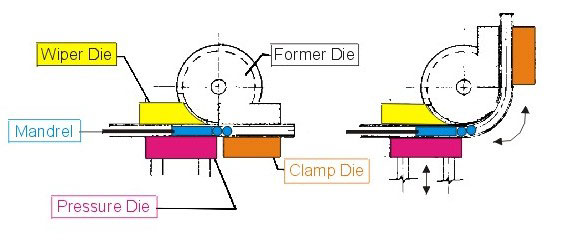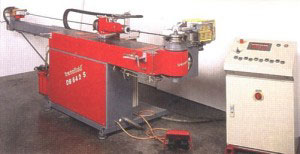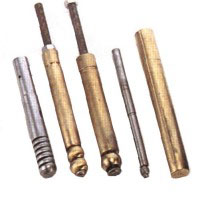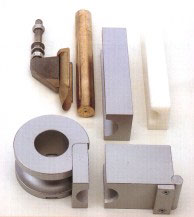- Angle Finders & Levels
- Bead Rolling & Rotary Forming
- Books, Videos & Software
- Brakes, Shears & Slip Rolls
- Grinding & Polishing
- Hand Tools
- Ironworkers & Presses
- Machining
- Metal Shaping & Forming
- Punching & Drilling
- Sawing
- Shop Organization
- Tube & Pipe Bending
- Tube Notching & Endforming
- Vises & Clamps
- Welding & Plasma Cutting
- Clamps, Magnets and Fixtures
- Welding Accessories
- Rotary Welding Positioners
- Mobile Carts and Positioners
- Tig Torch Accessories
- BuildPro Jig Tables
- Flextur Fixture Tables
- Powerlift Weld Tables
- Siegmund Metric Series
- Siegmund Imperial Series
- Badass Fabrication Tables
- Beveling Machines
- CNC Plasma Systems
- Exhaust Fabrication Tools
- Related Items
- Fabrication Packages
- Trick-Tools Gear
- Shop by Brand
- 2020 Software
- 3M
- 525 Industries
- AcuAngle
- Arc-Zone
- ArcLight Dynamics
- Arcmaster
- Armor Tool
- Atek
- Badass Workbench
- Baileigh Industrial
- Bead Form
- Ben Pearson
- Bend Press
- Bend-Tech
- Bessey
- Betenbender
- Beveler USA
- Beverly Shear
- Big Gator Tools
- BuildPro
- Burr King
- C. Cook Enterprises
- CCKL Creator
- Carell
- Center-It
- Checkpoint
- Cleko-Loc
- Cleveland Steel Tool
- Combat Abrasives
- Connecticut
- Covell Creative
- Dake
- Digi-Pas
- Drill-Rite
- Dura-loop
- Eagle Bending
- Easy Shrink
- Eckold
- Edwards Mfg. Co
- Ellis
- Ercolina
- Evolution
- EZ Sander
- Fein
- Femi
- Flextur
- Flowdrill
- Fournier Enterprises
- Full-Bore Publishing
- Fulton Metal Works
- Gardner Bully
- Garland
- GEKA
- Glo Tech Inc.
- Good Hand
- Gridlok
- Grit
- HammerFab
- Hardcore Grinders
- Hel-Hook
- HEM Saw
- Hougen
- Huth
- Hyd-Mech
- Hypertherm
- Icengineworks
- Inventive Products
- Irwin
- Jamey Jordan
- Jancy Engineering
- JET
- JMR Manufacturing
- JS Tools
- Kalamazoo Industries
- Kett Tools
- KNKut
- Laguna
- Lancaster
- Lazze
- LowRider
- M-D Building Products
- Markal
- Martin
- Mechammer
- MetalAce
- METALpro
- Midwest
- Mittler Bros
- MK Morse
- Monster
- Multitool
- N.KO Machines
- National
- Nielsen
- NotcHead
- Ogura
- Oregon Products
- Pexto
- Picard
- PipeMaster
- Piranha
- Portaband Pro
- Powerlift
- PowerX
- PrestonEastin
- Pro-Tools
- Project Tool & Die
- ProLine
- Quantum Machinery
- RaceLine
- RadiusMaster
- RAMS
- Roll-In Saw
- Roper Whitney
- Rotabroach
- Roto-Star
- Scantool
- Scotchman
- Sharpie
- Shaviv
- Siegmund
- Slugger
- SmartTool
- Spring Tools
- SPX Power Team
- Starley
- Strong Arm
- Strong Hand Tools
- Swag Off Road
- Tennsmith
- Transfluid
- Trick-Tools
- Triumph Twist Drill
- Trusty-Cook
- Unibit
- Versa-Mount
- Wehrs Machine
- Wilton
- Wixey
- Used & Demo on

- What's New
- Deals
- Best Sellers
- Technical Resources
- Equipment Leasing
- Gift Certificates
- International
- Schools & Government
- Free Catalog
- About Us
- My Account
- View Cart
- Home











